The Norse Calendar: Harpa or Gaukamánuður Month
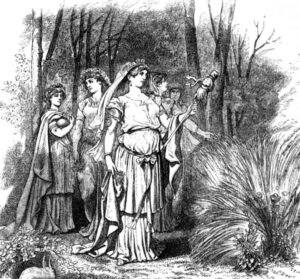 Welcome, fellow Heathens, to the month of Harpa or Gaukamánuður. In modern times, this month roughly corresponds with the middle of April and marks the arrival of spring. In Old Norse tradition, Harpa was a time of celebration and renewal. People celebrated because winter gave way to the sun’s warmth and spring’s return.
Welcome, fellow Heathens, to the month of Harpa or Gaukamánuður. In modern times, this month roughly corresponds with the middle of April and marks the arrival of spring. In Old Norse tradition, Harpa was a time of celebration and renewal. People celebrated because winter gave way to the sun’s warmth and spring’s return.
Etymology of Harpa and Gaukamánuður
The month of Harpa takes its name from the harp. People associated this musical instrument with the goddess Eostre or Ostara, whom pagans celebrated this time of year. Eostre is a Germanic goddess of spring and fertility. Ancient Heathens often depicted her with hares or rabbits, which were symbols of fertility and rebirth.
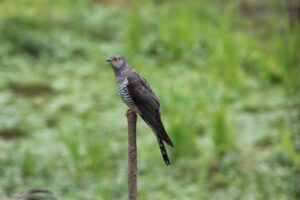
Gaukamánuður takes its name from the cuckoo, a migratory bird that returns to Scandinavia during the spring. The cuckoo’s arrival heralded the changing season, and the bird became a symbol of spring and renewal.
Celebrating the Return of the Sun
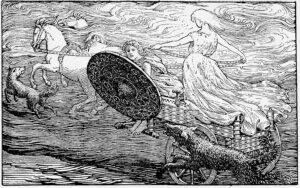 During the month of Harpa, the Vikings celebrated the sun’s return and the longer days. In Norse mythology, the sun is personified as the goddess Sunna, who rides across the sky in a horse-drawn chariot. The Vikings celebrated the return of the sun with festivals and rituals.
During the month of Harpa, the Vikings celebrated the sun’s return and the longer days. In Norse mythology, the sun is personified as the goddess Sunna, who rides across the sky in a horse-drawn chariot. The Vikings celebrated the return of the sun with festivals and rituals.
The Blót of Eostre or Ostara
One of Harpa’s most important festivals is the Blót of Eostre or Ostara, It is held to honor the goddess of spring and fertility. The Blót was a sacrificial rite in which animals, usually a boar or a goat, were slaughtered and their blood was offered to the gods. The meat was then cooked and shared among the community in a feast that marked the beginning of spring.
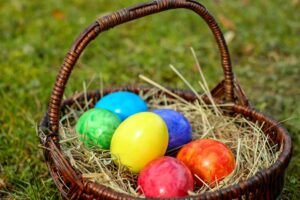 During the Blót, offerings of eggs and flowers were also made to the goddess Eostre, as eggs symbolized new life and flowers represented the beauty of nature. The festival of Eostre was also associated with the Christian holiday of Easter, which falls around the same time of year and shares many similarities with the pagan celebration.
During the Blót, offerings of eggs and flowers were also made to the goddess Eostre, as eggs symbolized new life and flowers represented the beauty of nature. The festival of Eostre was also associated with the Christian holiday of Easter, which falls around the same time of year and shares many similarities with the pagan celebration.
Walpurgis Night Festival
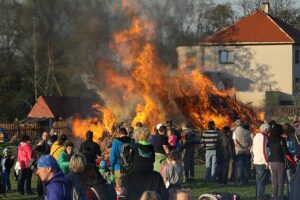
Another important festival is Walpurgis Night, which is celebrated on the night of April 30th. Walpurgis Night was named after Saint Walpurga, a Christian missionary who was venerated in Scandinavia. It may sound strange to celebrate this holiday, but the festival, itself, has pagan origins. Unfortunately, the name has been lost to time.
During Walpurgis Night, the Vikings would light bonfires and dance around them. This celebrated the arrival of spring and warded off evil spirits. They believed the bonfires had purifying and healing powers, and people would jump over them for good luck and fertility.
Other Rituals and Activities
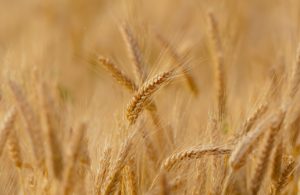
Harpa was also a time for spring cleaning and renewal. The Vikings would clean their homes and barns. Now is the time they would repair any damage caused by the winter and prepared for the planting season. They would also perform rituals to bless their crops. To ensure a good harvest, they might sprinkle the fields with holy water or ashes from the Yule log. Or they might make offerings to the land spirits.
In addition to the festivals and rituals, Harpa was also a time for outdoor activities and games. The Vikings would engage in sports such as archery, wrestling, and spear throwing, as well as horse racing and boat races. These activities were not just for entertainment, but also served as a way to train for warfare and maintain physical fitness.
Celebrating Harpa or Gaukamánuður
As modern-day Heathens, we can still honor the traditions of the month of Harpa and celebrate spring’s arrival. We can hold Blót rituals, make offerings of flowers and eggs, and hold feasts with friends and family. We can also perform spring cleaning rituals in our homes and gardens, and take part in outdoor activities that connect us with the natural world.
One way to honor the goddess Eostre is to create an altar or shrine dedicated to her. This can be as simple or elaborate as you like, and can include offerings of eggs, flowers, or other items. You may also wish to light candles or incense in her honor. Use them in meditation on her qualities of fertility, growth, and renewal.
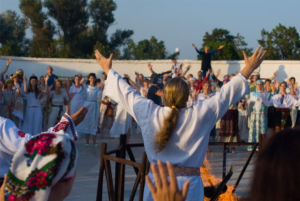 Another way to celebrate the month of Harpa is to hold a bonfire or other outdoor gathering with friends and family. You can gather around the fire, share food and drink, and tell stories or sing songs that connect you with the natural world. You may also wish to perform a ritual or make offerings to the land spirits, asking for their blessings on the coming season.
Another way to celebrate the month of Harpa is to hold a bonfire or other outdoor gathering with friends and family. You can gather around the fire, share food and drink, and tell stories or sing songs that connect you with the natural world. You may also wish to perform a ritual or make offerings to the land spirits, asking for their blessings on the coming season.
Finally, you can connect with the spirit of the cuckoo during the month of Gaukamánuður by spending time outdoors and observing the signs of spring. You may hear the cuckoo’s call, or see other signs of wildlife returning after the winter. You can also plant seeds or tend to your garden, honoring the cycle of growth and renewal that is central to this season.
Consider Celebrating Harpa or Gaukamánuður
The month of Harpa or Gaukamánuður was a time of celebration and renewal in Old Norse tradition, marking the arrival of spring and the return of the sun’s warmth. As modern-day Heathens, we can honor this tradition by holding Blót rituals, creating altars to the goddess Eostre, holding bonfires or outdoor gatherings, and connecting with the spirit of the cuckoo and the natural world. By doing so, we can deepen our connection to the season and the cycles of nature, and honor the traditions of our ancestors in meaningful and relevant ways.
—
Hey! Did you enjoy this article? This article was funded by my awesome patrons over at Patreon. For as little as $5 a post you can support this blog and see many of the posts before they come out and exclusive content! Click here to subscribe and
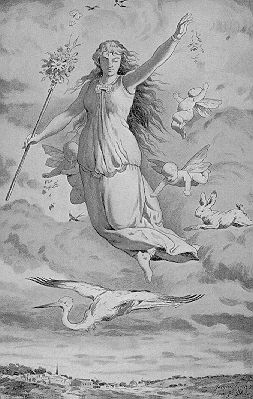
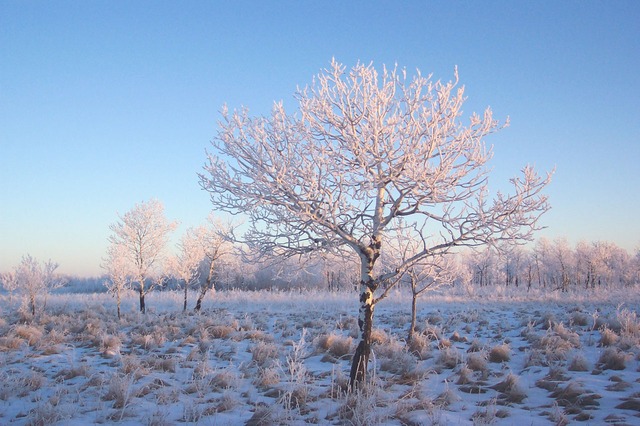
 particular month, except that the Norse named it after the daughter of Þorri, or Thorri. The month of Þorri precedes Gói, and is most known for its Thorrablot. Thorri is a winter spirit, akin to our own Jack Frost. Farmers held a blot to Gói in this month to welcome her. Tradition states that this month was the month where men took care of their women more. I can totally get behind that.
particular month, except that the Norse named it after the daughter of Þorri, or Thorri. The month of Þorri precedes Gói, and is most known for its Thorrablot. Thorri is a winter spirit, akin to our own Jack Frost. Farmers held a blot to Gói in this month to welcome her. Tradition states that this month was the month where men took care of their women more. I can totally get behind that.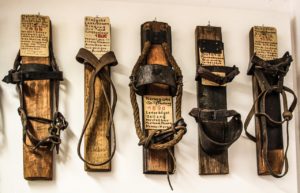 they could hunt and catch, and perhaps milk, if their cows or goats started to calve or kid. As a side note, you know all about the Christmas fruitcake, made from dried fruit and nuts. Well, I suspect these cakes come from earlier times as a way to provide a treat with fruit, even when the fresh fruit was out of season.
they could hunt and catch, and perhaps milk, if their cows or goats started to calve or kid. As a side note, you know all about the Christmas fruitcake, made from dried fruit and nuts. Well, I suspect these cakes come from earlier times as a way to provide a treat with fruit, even when the fresh fruit was out of season.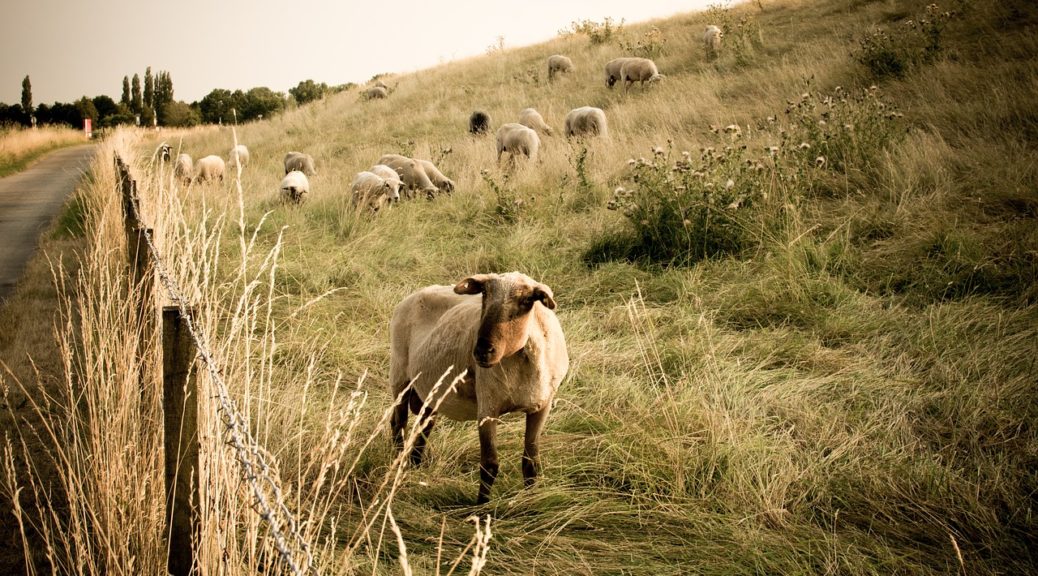
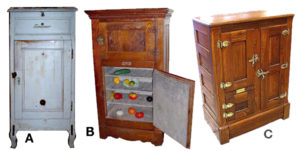 Nowadays we have refrigeration, which is possibly why Gormánuður may be puzzling to some of you. After all, we can get meat year round and keep it in the freezer or refrigerator. And you’re probably quite aware that our ancestors didn’t have refrigeration until 1913–not that long ago–available for home use. Even then, owning a home refrigerator was expensive and it didn’t become popular until the 1930s. So, your recent ancestors probably had iceboxes–that is actual boxes that held ice to keep their food fresh. The icebox was invented and patented by a farmer in 1802. The original icebox was made from wood, rabbit skins, and lots of ice (duh!). The icebox took off, and there even was a market for harvested lake ice up until the 1930s. These required ice houses that kept the ice together even during the summer months until the lakes started freezing over again.
Nowadays we have refrigeration, which is possibly why Gormánuður may be puzzling to some of you. After all, we can get meat year round and keep it in the freezer or refrigerator. And you’re probably quite aware that our ancestors didn’t have refrigeration until 1913–not that long ago–available for home use. Even then, owning a home refrigerator was expensive and it didn’t become popular until the 1930s. So, your recent ancestors probably had iceboxes–that is actual boxes that held ice to keep their food fresh. The icebox was invented and patented by a farmer in 1802. The original icebox was made from wood, rabbit skins, and lots of ice (duh!). The icebox took off, and there even was a market for harvested lake ice up until the 1930s. These required ice houses that kept the ice together even during the summer months until the lakes started freezing over again.
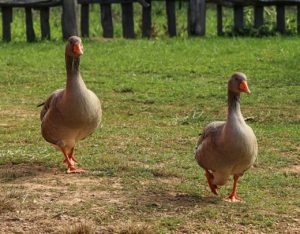
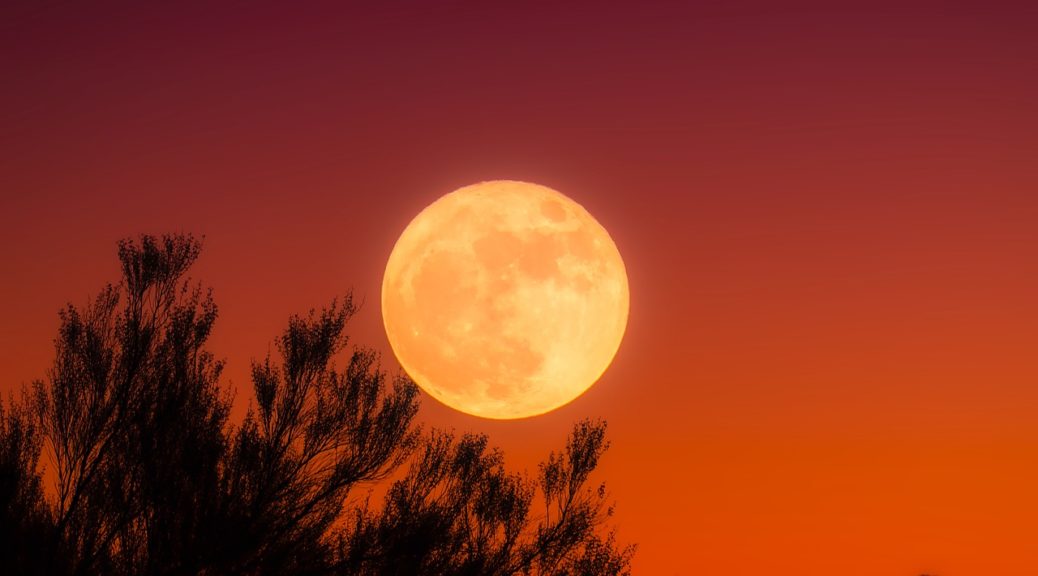
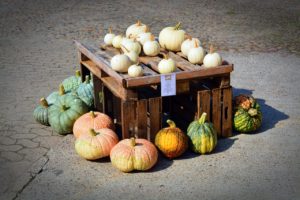 I was checking out a site on the Viking Age and
I was checking out a site on the Viking Age and 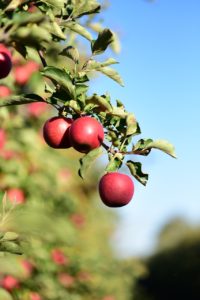
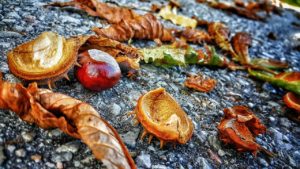 If you grow even some of your own food, you may have a sense as to when it’s time to harvest your garden before the upcoming frost. Don’t let that food go to waste; can, freeze, or dehydrate it so that you can use it in the upcoming winter months. If you don’t have a garden, you can still buy local foods from your farmer’s market and celebrate their harvest with your own feast. Be glad that there are farmers who provide food for you, because without them, you would starve. Even if you can’t have a feast that is made up of local foods, just having some in your meal will put you in touch with both the seasons and your ancestors.
If you grow even some of your own food, you may have a sense as to when it’s time to harvest your garden before the upcoming frost. Don’t let that food go to waste; can, freeze, or dehydrate it so that you can use it in the upcoming winter months. If you don’t have a garden, you can still buy local foods from your farmer’s market and celebrate their harvest with your own feast. Be glad that there are farmers who provide food for you, because without them, you would starve. Even if you can’t have a feast that is made up of local foods, just having some in your meal will put you in touch with both the seasons and your ancestors.